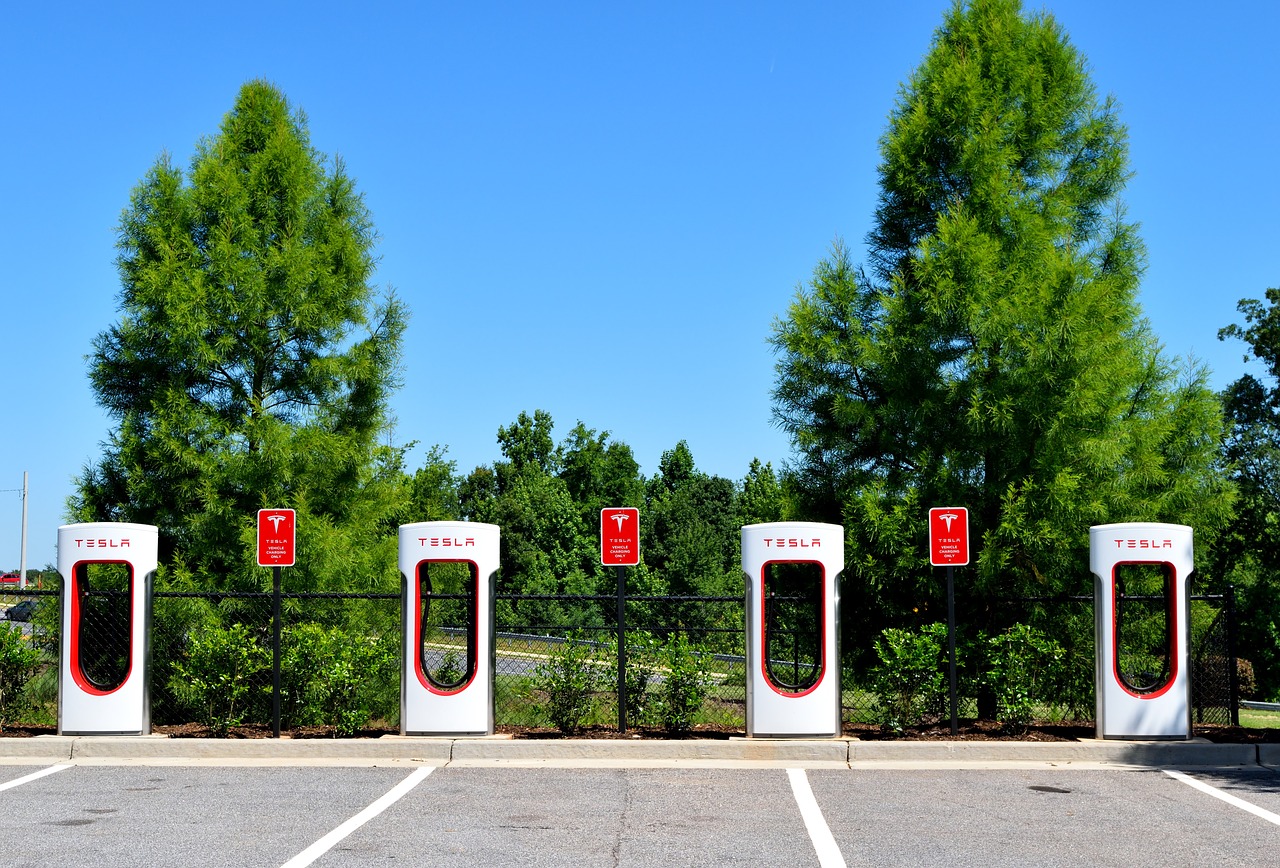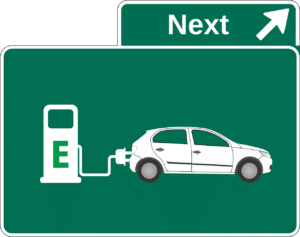As electric and hybrid vehicles become more popular, new terminology is entering the industry that may leave a lot of people confused. One of the new terms is regenerative braking.
Regenerative braking may seem like a very new term, but the idea and patent for it came over 110 years ago, in 1908, when some of the first automobiles were being produced. This term relates to capturing the energy generated by the wheels when the car is braking or decelerating.
The first concept car to use this system of generating energy came out in a 1967 concept car – AMC Amitron. Later, it came out as part of the charging system in the 1997 Toyota Prius.
Now, with so many more hybrid and full-electric vehicles on the market, each manufacturer has developed a way of capturing the energy from their brake systems.
A Basic Overview of How Regenerative Braking Works
Without getting into the nitty-gritty of physics, a basic of regenerative braking can be compared to how a generator works.
When a car is moving forward, like the gears of a generator, it is using the energy it has to keep the car in motion. However, when the car starts to decelerate, the energy stops being used, and the “gears” move in the opposite direction. The energy is no longer being used.
However, the brake system is generating kinetic energy at this time because it is creating a force to stop the car. The regenerative system captures the energy being generated by the brakes and feeds it back into the vehicle’s battery system. This helps generate more power for the vehicle and allows the cars to operate for long distances without needing to be recharged.
These systems are different for each manufacturer, but they all perform in the same basic way. When the car slows, it generates energy from braking, and that energy is captured and reused to move the car forward again.
One Pedal Operation
Some of the newer electric or hybrid vehicles have designed a system that kicks in as soon as you remove your foot from the pedal. As soon as the car “senses” that it is slowing down, the energy begins to be captured by the vehicle and sent to the battery.
This system has become so efficient at slowing the vehicle down that many people can drive and stop their vehicle using only the gas pedal. However, this is not always recommended, and you should use your brake pedal as it was designed.
Drawbacks of the Regenerative Braking System
While it may seem like a genius concept to generate free energy from your vehicle while braking, there are also a few drawbacks that must be considered, this system does work. Still, it also means that extra equipment must be installed on the vehicle, which increases the overall price.
Larger vehicles need larger systems because of the weight differential when braking, so these systems can be quite pricy when installing. They can make the overall price of the vehicle less desirable.
This also means that there is an additional part on the vehicle that will require maintenance.
The other drawback is that the benefits that the driver receives from this type of device will be based a lot on how they drive. There is a significant difference in the amount of energy that is created by the way a person operates their vehicle.
For instance, if you are a person that likes to decelerate and coast to a stop at intersections or take your foot off the gas when you are in traffic to slow down, you are going to generate a lot of energy from this type of braking system.
However, if you are a person that does quick braking, changes lanes instead of slowing down in traffic, or does a lot of freeway driving without needing to stop, the benefits from this system will be much lower.
Because the efficiency of this device is based so much on how a driver operates their vehicle, it will be a big decision by that driver if they want to invest in a regenerative system for their car. As the technology improves, it will turn into something that is automatically installed in a vehicle instead of being a choice.

The Future Holds Many Improvements
With more vehicles converting over to electricity to power them, it is easy to assume that this technology will continue to improve and will soon be found in all-electric and hybrid vehicles.
For now, only some of the electric vehicles are using this technology. Many people are only discovering what this type of brake system does or offers to the drier. As it becomes a more commonly accepted brake system, you can anticipate that regenerative braking will become a common term in the automotive industry.





